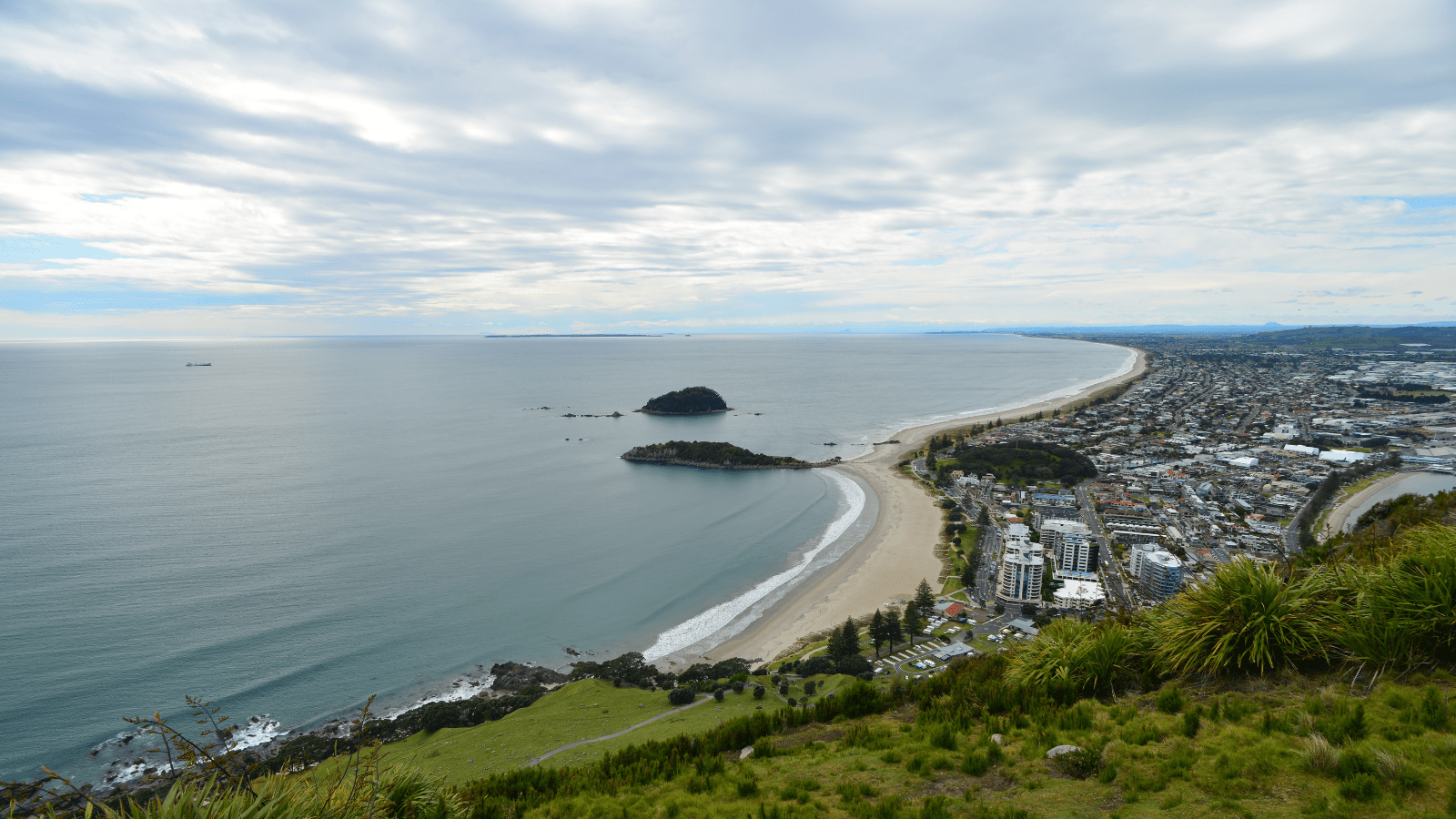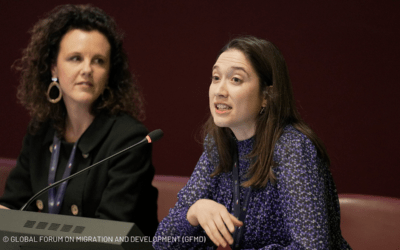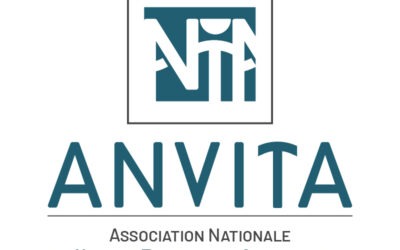
An interview with Haidee Kalirai from Tauranga – Western Bay of Plenty, one of 26 communities participating in Welcoming Communities, a program led by Immigration New Zealand in partnership with the Ministry of Ethnic Communities and the Human Rights Commission. Welcoming Communities is a partner in the Welcoming International Alliance.
Q: Tell me about yourself and what motivates you to work in the Welcoming Communities program.
I grew up in Cambridge, New Zealand, and my father and maternal grandparents were migrants from India. My migrant family background motivated me to become part of Welcoming Communities. My grandparents came to New Zealand in the early 1900s, and I was always fascinated about why they took such a huge leap of faith.
I always had a passion for community and the migrant refugee space. When this role came up, I saw the potential to expand the local council’s work and help local governments have a role in the welcoming space. I joined four years ago during the pilot phase of the program in a part-time role, which became full-time after a year.
Q: How do you engage local residents and leaders in your welcoming activities?
Tauranga – Western Bay of Plenty has one of the fastest growing populations in New Zealand, so it’s the perfect time to have conversations about inclusion with the government and local communities.
As the Welcoming Communities Coordinator, I put in extra effort into building relationships with newcomer communities at the beginning of the program. We were excited to share more broadly the work of putting together our initial Welcoming Plan, and gaining community input. We also mapped the welcoming work that was already being done, and built connections with organizations that were new to it.
Thinking of this as a long-term commitment and journey for our communities is key. We ask ourselves how we can strengthen our work and partnerships, so we become more resilient to this changing demographic landscape.
Q: How big is your team in the council?
I am now the only person leading the welcoming strategy in the council. I work closely with the community development team and eight cross-sector advisors. My role is to build connections between those departments and communities in the city, while supporting community projects.
Q: How do you collaborate with community groups and local organizations?
Relationships formed during the project must stay in the community, so we can continue to build on them. Every community is different and there is no one right way to do things, but there is a real desire among many stakeholders in the city to become more welcoming. How it all comes together depends on the region and the relationships.
In Tauranga, we learned from early conversations with local communities that seasonal workers arriving in Katikati were not connected to other residents. We took this as an opportunity to bring the community together to explore how to conduct a meaningful welcome. We ended up with a Katikati Festival of Cultures, weaving in a traditional Māori welcome ceremony at the beginning.
For the festival, a diverse group came together from different parts of the community, such as mana whenua (Māori tribes), the local community centre, employers from the horticultural sector, our newcomer community leaders and the events team at the council. One result was connecting our migrant settlement networks with local agencies that can support them. Newcomers who attended the event can now more easily learn about and join local initiatives, while local agencies can more easily find out what support newcomers need.
Q: How are you reaching out to employers? How are you bringing them on board a project like this?
There is still much work to do in this space, but we were lucky to have the New Zealand kiwi fruit growers as part of the initial steering group for the Festival of Cultures. They are also interested in building relationships between newcomers that arrive to work in their sector and long-standing communities. But we want to also engage other businesses and navigate around their challenges and priorities. We continue to reach out to businesses with information about the benefits of being involved.
Q: What role do Māori residents play in the welcoming process in Tauranga?
When we initially talked with mana whenua, the feedback we received was that newcomers have limited experience with contemporary Māori culture. Through initiatives such as Katikati Festival of Cultures, we ensure that key stakeholders can choose how they want to be involved. We also held a learning day for newcomers based at a marae (communal meeting or sacred place that serves religious and social purposes in Māori culture). One was in partnership with the Global Ambassadors Program for youth who are local role models for diversity and inclusion here in Tauranga. This program has only been running for a year, but it has been very successful with leadership from Māori staff at the council.
Our team also devised learnings about local tribes, history and contemporary challenges related to the Treaty of Waitangi. This Treaty was an agreement between the Māori and the British Crown in 1840 that was not favourable to the Māori, or their right to self-determination, identity, and cultivating their culture. Moreover, the partnership was not honoured for a long time and still today, the Māori loss of land is often spoken about in New Zealand. Through the Global Ambassadors Program, we want to support the aspirations of Māori who are the original welcomers to this country. We want to share the value of Manakitanga, which means welcoming and hospitality. When newcomers have the opportunity to experience welcome from the Māori, they feel a sense of belonging almost on a spiritual level.
During Welcoming Week this year, we shared information about Māori Language Week and built understanding about the impact of language loss and about the process of its revitalization. There are many commonalities between newcomer communities and the Māori, including challenges in retaining language and cultural identity. We like to use English and te reo Māori (Māori language) in our communication about the program, as a recognition that Māori are the Indigenous people of this land and first welcomers to New Zealand (Aotearoa). This is why our Welcoming Week is also called Te Wiki o Manaaki.
Q: What is your favourite story of impact?
One of my favourite stories is about the Global Ambassadors program, which is supporting young people in our community to become local ambassadors of diversity and inclusion. We have 10 people participating, who are from diverse cultural backgrounds, including five international students and other residents from migrant backgrounds. They became part of our Welcoming Communities strategic group, discussing the program and voicing ideas.
We rarely see young people part of roundtable discussions, contributing to projects on a local and national level. The Human Rights Commission and several other agencies reached out to the group of young ambassadors to hear their opinion. They contributed to the National Action Plan Against Racism in New Zealand and other projects on use of land. While our program supports what they are doing in their own communities, it also connects them with initiatives across the city and country. Our young ambassadors bring the lens of inclusion to conversations they have with ambassadors from different programs.
Another exciting initiative, which is new this year, is a Board Intern Program through Tauranga City Council with three of our council-controlled organizations, including Tauranga Art Gallery, Tourism Bay of Plenty and Baby News. The program is open for anyone who is passionate about community, and our goal is to strengthen Māori involvement in the future.
Rarely do we see diversity among board members, as these environments can feel intimidating for people outside of them. Our program focuses on taking down barriers by building awareness around local government and leadership opportunities, civic participation, and diversity in governance roles.
Q: How does the national Welcoming Communities Program network support you?
It is really valuable to have support available at any time, while sharing our knowledge with other councils and learning from their successes and mistakes. These learning are then passed on to our local communities. When we started the Global Ambassadors Program, Palmerston North and Ashburton had already done a similar program. We learned from their approach, which further informed our own process. I also value the international aspect of the program, and hearing about what welcoming means in different areas.
The Welcoming Communities program provides a national framework, which didn’t exist before. This fantastic framework allows us to monitor where we are in particular areas, which ones we should prioritise, and capture what is happening in our community around welcoming. Being accredited as a member of Welcoming Communities enables us to seek support on a national level around monitoring and evaluation.
Q: What gap does the Welcoming Communities Program fill locally?
In the past, we didn’t have a coordinated approach to welcoming, and we didn’t have a staff member in the council dedicated to migrants and newcomers. As a result of my work in advocacy and information sharing as the Welcoming Coordinator, we are now seeing greater awareness of diversity and inclusion in the council and in the local community. Through this work, we have helped increase the number of leaders from diverse and migrant backgrounds, including in the last election.


